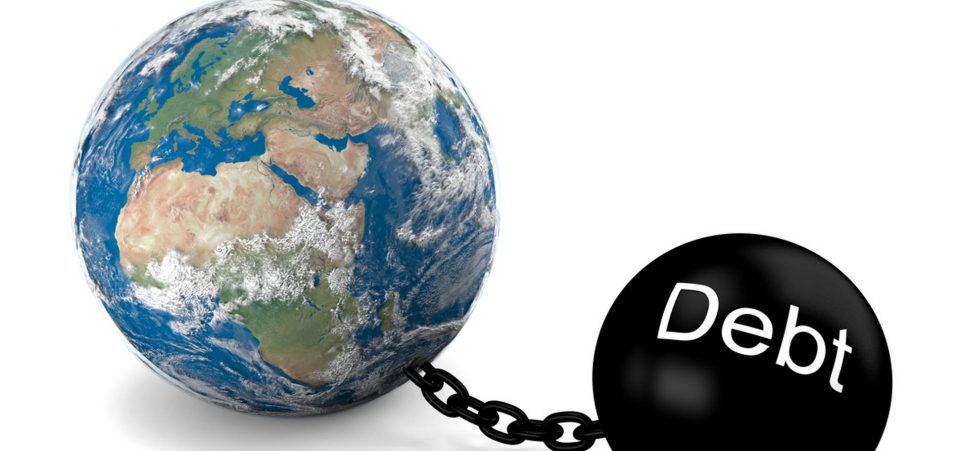Major Countries Reporting Higher National Debt
Countries around the globe are racking up massive amounts of national debt. This is a major problem that is not being talked about much these days. It could be the reason for a major crisis ahead.
Let’s begin with a hypothetical question: Would you lend money to a person who already has an immense amount of debt, when you know that the chances of you getting your money back are very low? You don’t need to be a rocket scientist to answer this; you probably wouldn’t lend money to that person.
Dear reader, major economies across the world have become like that hypothetical person.
To provide you some perspective, take the United States, for example. Its national debt currently stands at around $20.0 trillion, and it’s only expected to go higher. In fact, at the pace that the U.S. government is spending, it wouldn’t be shocking to see the federal debt double sooner rather than later.
As for our northern neighbor, Canada, its national debt stands at around $1.4 trillion, and is expected to go much higher in the coming years. The Canadian debt load is so big that, according to figures from the beginning of this year, the interest expense alone amounts to more than $7,000 a year for a family of four. (Source: “The Cost of Government Debt in Canada, 2017,” Fraser Institute, January 19, 2017.)
Japan’s national debt to gross domestic product (GDP) ratio stands at around 250%. In other words, for every $1.00 of GDP, Japan has $2.50 in national debt. Again, if you are thinking that this ratio will go down anytime soon, you could be making a big mistake.
Pick a Map, Point to Any Country…
You see, the number of countries with soaring national debt is too big to mention here. Let’s just say this: Pick a map and point to a country. Chances are that the government there is spending without remorse and the national debt is soaring. There are very few countries out there that are financially managing themselves properly.
On a global level, debt is way too high, relative to GDP.
Here’s the thing, if you listen to the mainstream economists, they will tell you that government debt soaring is not a problem at all.
In the short-term, rising debt may not be a problem, but don’t get too convinced by that rhetoric. There eventually comes a time when the music just stops. Countries are only able to borrow for as long as creditors are willing to lend to them.
You have to wonder what happens when lenders start asking, “Will I ever get my money back?”
Don’t Forget the Rising Interest Rates
Also, remember that it’s starting to look like interest rates will be going higher in the near future. Just two years ago, there were a lot of questions about whether central banks will ever raise rates. The increases are now becoming reality.
We are seeing the U.S. Federal Reserve raise rates and the Bank of Canada doing the same. The Bank of England is also contemplating the idea. The European Central Bank (ECB) just cut back its money printing program.
Higher interest rates could put governments in a very bad spot; they would have to borrow at much higher rates. This means higher interest payments.
As I look at all this, I can’t help but be bullish on gold.
Interest rates going higher while national debts keep soaring is a recipe for disaster. Don’t for a second think that countries can’t go bankrupt. We saw this happen not too long ago—Greece.
Although I am not predicting that a major country will go bankrupt, I will say this: As debt continues to soar, uncertainty about the future will increase and inflation could spike. Gold provides safety in times of uncertainty and spiking inflation. Currently, the yellow precious metal is selling for pennies on the dollar. It could definitely be worth a lot when national debt starts to really matter.






